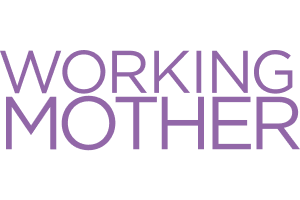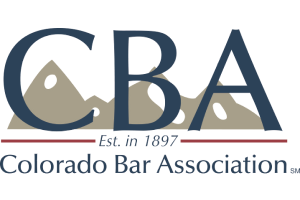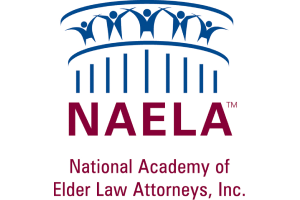Planning for High Net Worth Clients
Estate planning and asset protection for high net worth individuals, couples, and families goes far beyond wills and trusts — it’s about protecting legacies, preserving family harmony, and optimizing tax outcomes in an ever-shifting legal and financial landscape.
Our practice is built around delivering personalized, strategic planning for clients with significant estates, including those subject to federal estate taxes. We understand that the thresholds for taxable estates are in constant flux, and we tailor our approach accordingly — focusing not only on estate tax reduction or elimination, but also on minimizing capital gains and income tax consequences across generations.
We combine technical precision with deep listening and thoughtful design to help clients structure their wealth in a way that reflects their values, protects their family, and positions their legacy for long-term success.
Our Process
Our comprehensive high net worth estate planning process is structured into seven thoughtful stages. Each step ensures your plan is not only technically sound but aligned with your family dynamics, goals, and long-term vision.
1. Discovery
We begin by thoroughly reviewing your existing estate planning documents and compiling a full picture of your assets, business interests, and family structure. Equally important, we explore your personal values, long-term goals, and any concerns or questions you may have. This foundation ensures that every decision made is anchored in what matters most to you.
2. Strategic Planning
Using the insights gathered, we work collaboratively with you to assemble the right ‘puzzle pieces’ — trusts, entities, tax strategies, charitable structures, and more — to form a cohesive and efficient estate and asset protection plan. Each element is selected to address specific concerns while supporting your broader vision for wealth transfer, asset protection, and family governance.
This is also the step that includes discussion of roles and responsibilities for trustees, medical durable power of attorney agents, beneficiaries, and fiduciaries. We’ll walk with you through your family and friend options, and also explore professional fiduciaries where they can be helpful.
3. Drafting and Review
Once the structure and design are in place, we draft all necessary legal documents, carefully tailoring them to your plan. We then walk through each component with you to ensure clarity and your comfort with the documents.
4. Signing of Documents
When you are ready, we coordinate the formal signing of all plan documents. In many cases, this occurs simultaneously with the document review phase to streamline the process and maintain momentum.
5. Funding of Entities
No estate plan is complete without implementation. Whether your strategy includes trusts, family LLCs, or other entities, these structures only work if properly funded. We guide you through the asset retitling process and coordinate updates to beneficiary designations, working closely with your financial advisors and custodians to ensure precision and efficiency.
6. Family Meeting
We encourage and facilitate a family meeting — a cornerstone of transparency and long-term success. This gathering brings together key individuals named in your plan and anyone else you choose to include. It’s an opportunity to communicate your intentions, clarify roles, and empower your loved ones with understanding and confidence.
7. Review
Estate planning is not a one-time event. Life evolves, and so should your plan. As part of our long-term commitment, we schedule a review — typically every one to five years — to evaluate how your plan is performing, identify any changes in your goals or the law, and make thoughtful adjustments as needed.

















